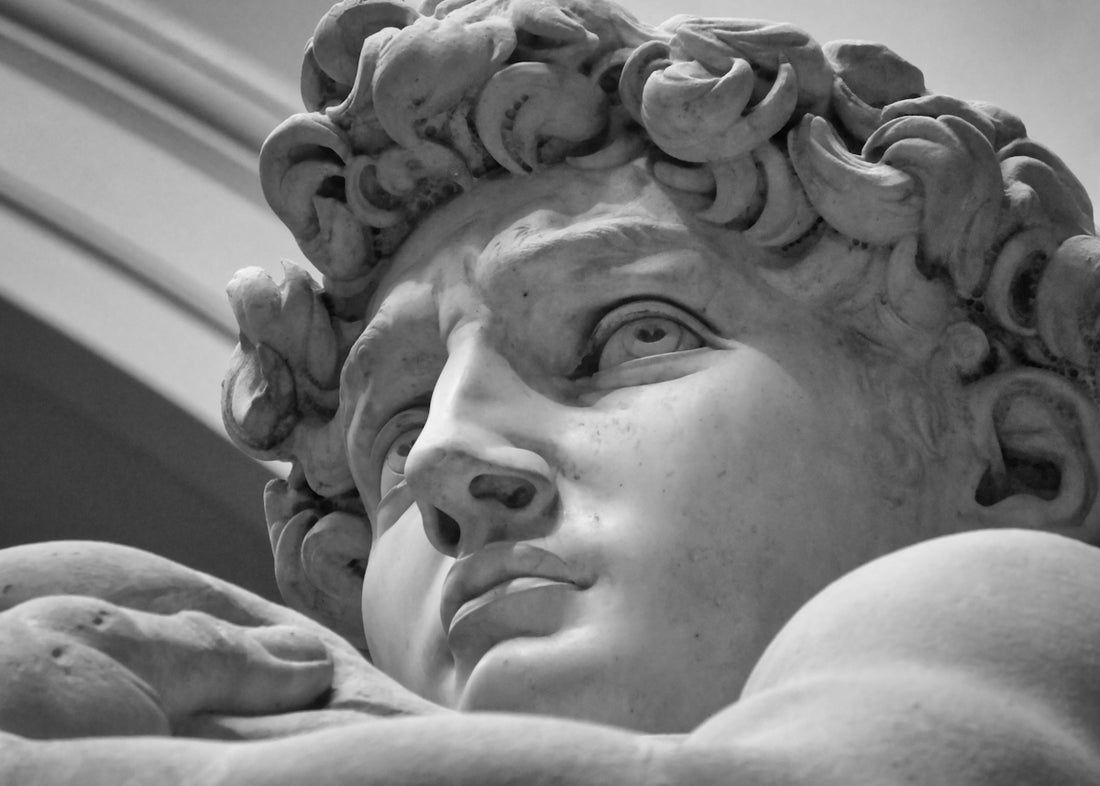
Common Challenges in Ceramic Sculptures and How to Solve Them
Share
Ceramics have captivated artists and hobbyists alike due to their versatility, tactile nature, and the immense satisfaction derived from turning raw clay into beautiful works of art. Ceramic sculpture, a unique subset of ceramics, presents its own set of challenges. Whether you're just starting out or you've been working with clay for years, understanding these common challenges and their solutions can further enhance your sculptural journey.
1. Cracking During Drying
One of the most common issues faced by ceramic artists is cracking during the drying phase. This occurs when different parts of the sculpture dry at varying rates, leading to stress within the form.
Solution: To prevent cracking, ensure that your sculpture dries evenly. Cover it with plastic to slow down the drying process and prevent moisture loss. Additionally, ensure that the thickness of the clay is consistent throughout the piece. Thin elements should be dried more slowly than thicker parts to avoid stress.
2. Handling Fragility During Work
Ceramic sculptures, especially detailed ones, can be fragile and prone to breakage before they are fired.
Solution: When sculpting intricate details, use proper tools that allow for controlled carving and shaping. Always support delicate sections by working with the piece on a soft surface to minimize shock and stress. To see examples of durable yet detailed ceramic work, take a look at the Whimsical Trinket Jar - Set of 2, which features intricate designs handled with care.
3. Issues with Glazing
Glazing can be tricky for those new to ceramics. Uneven glaze application, crawling, and pinholes are common concerns.
Solution: For a smooth, even glaze, ensure your bisque-fired pieces are clean and free from dust or fingerprints. Stir the glaze thoroughly before use to ensure a uniform application. Applying multiple thin layers instead of one thick coat can help avoid issues like crawling and pinholes. The Dahlia's Revenge bowl/cup set demonstrates balanced glazing with its appealing aesthetics.
4. Unintentional Warping
Sometimes, ceramic sculptures can warp during the firing process due to uneven clay thickness or tension within the shape.
Solution: To minimize warping, ensure your sculptures have consistent wall thickness. If possible, use supportive props during firing to help maintain the intended shape. The Lip Smacking ice cream bowl is an example of how balanced construction and attention to detail can create a beautiful, functional piece without warping.
Discover More
For those interested in exploring different methods to create ceramic sculptures, you may want to check out our Hand-Built Pottery collection which offers a wide range of techniques to expand your artistic repertoire.
Embarking on the journey of ceramic sculpture is both challenging and rewarding. By addressing these common challenges effectively, ceramic enthusiasts can create breathtaking art that stands the test of time. To learn more about our products and collections, visit ewfstudios.shop.



